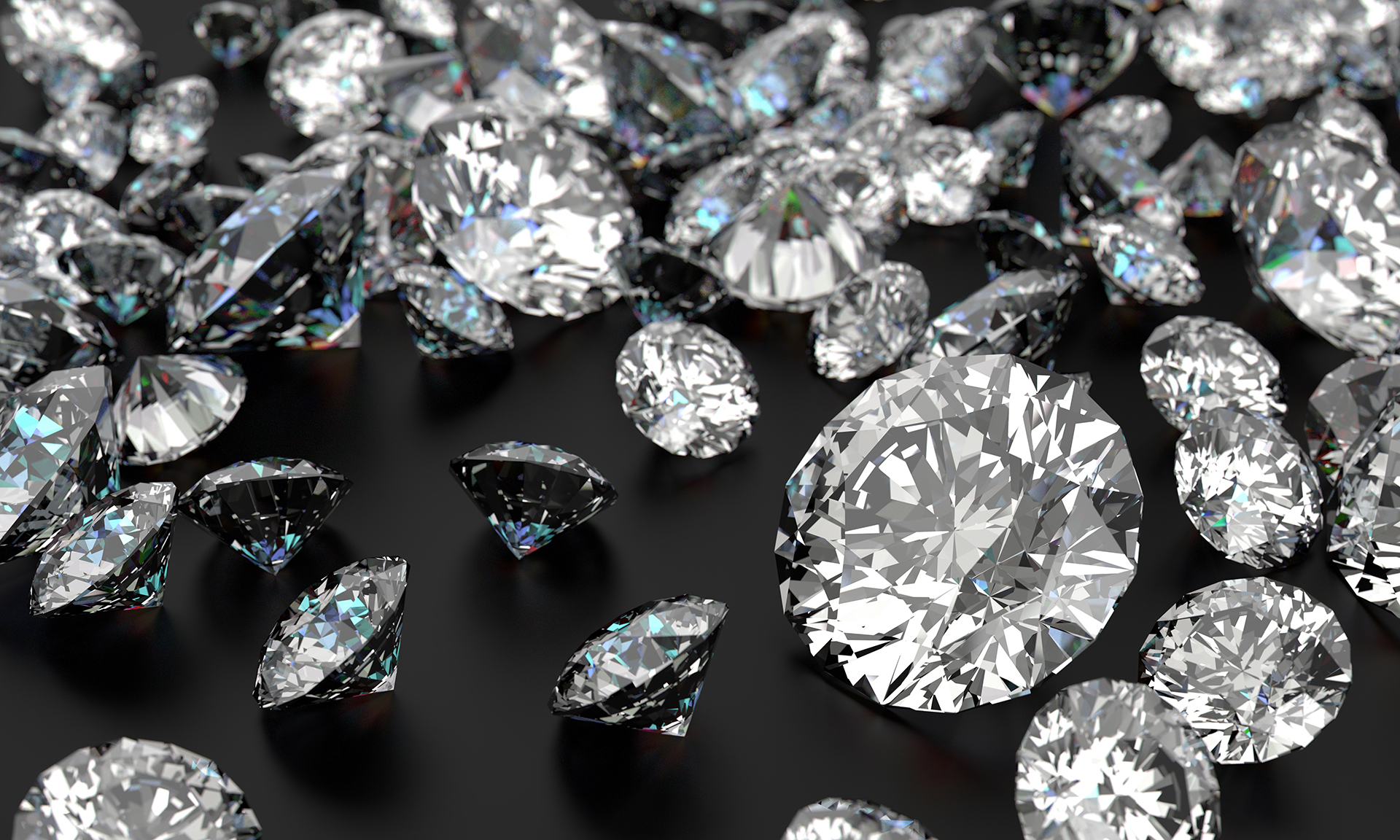The breakthrough was made possible with recent advances in the 3D printing of titanium scaffolds at RMIT’s Advanced Manufacturing Precinct.
The coating is created via a microwave plasma process at the Melbourne Centre for Nanofabrication. The titanium scaffolds and diamond are combined to create the biomaterial.
"It will be a number of years before a technology like this is rolled out, and there are many steps to take until we see it available to patients,” Fox said.
“But what we have done is taken the first crucial step in a long and potentially incredible journey."
PhD researcher Aaqil Rifai, who is working on the new technology with Fox, said diamond is so effective because carbon is a major component of the human body.
“Carbon has an incredible level of biocompatibility,” Rifai said. “Our body readily accepts and thrives off diamond as a platform for complex material interfacing.”
In addition to orthopaedics, diamond has also been used to coat cardiovascular stents – tubes that help keep the heart’s arteries open – and on joints, as well as in bionics and prosthetics.
For now, the researchers are concentrating on how the technology can be used for orthopaedics.
“3D printing is a groundbreaking revolution in the modern era. With 3D printing we can design patient specific implants of medical grade. The technology is fast, accurate, reliable and saves labour time,” Rifai said.
“The scalability of 3D printing is growing rapidly, so we can expect to see diamond coatings to become common in orthopaedics sometime in the near future.”
The breakthrough has been reported in ACS Applied Materials and Interfaces and involved researchers from a range of disciplines at RMIT and other Australian universities.
Story: James Giggacher






